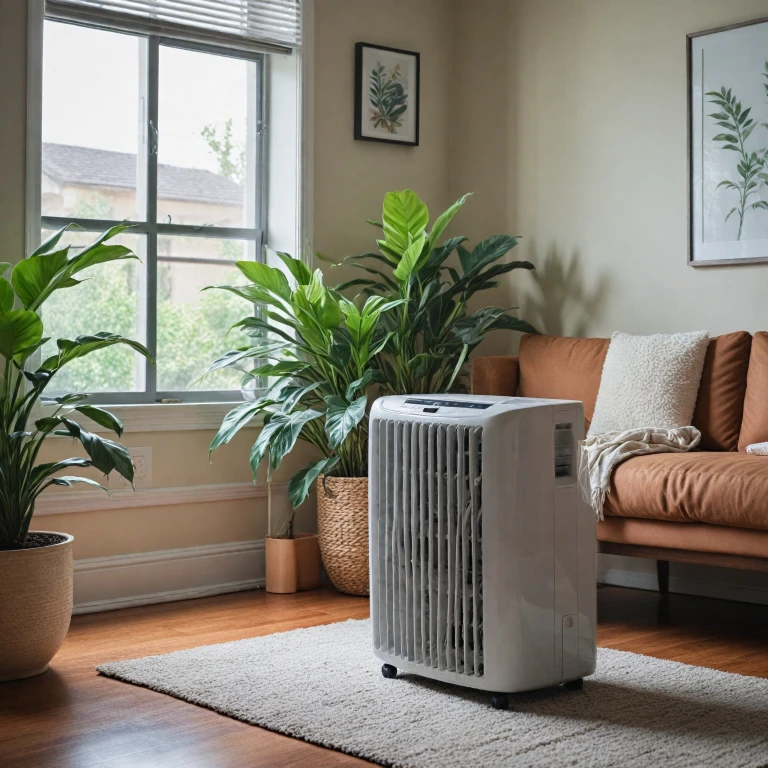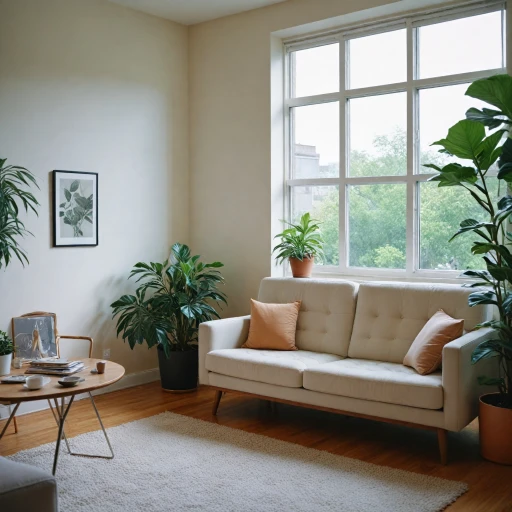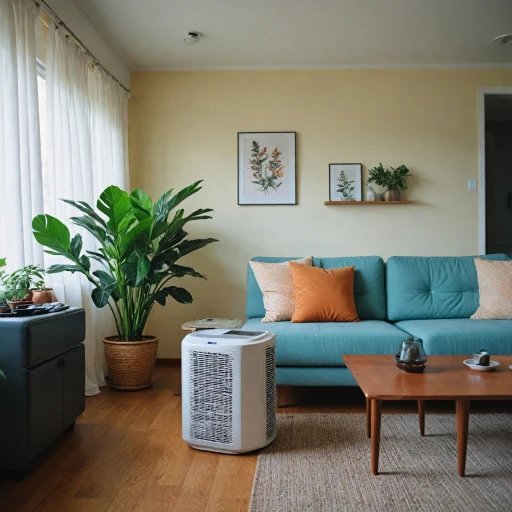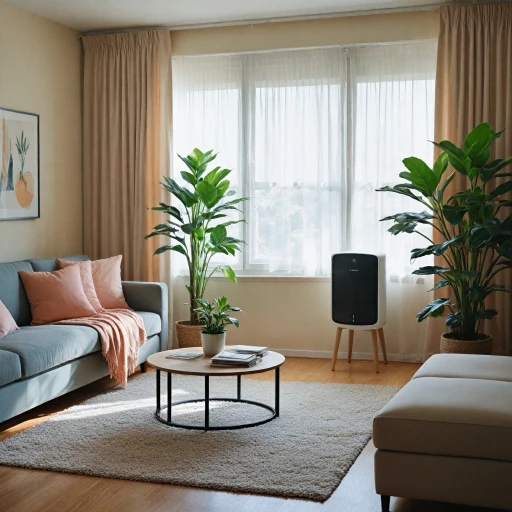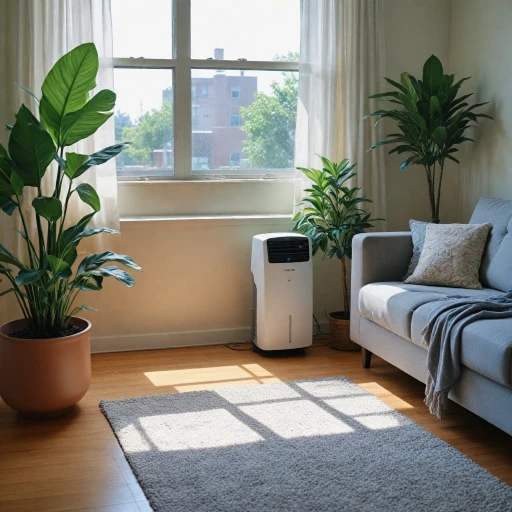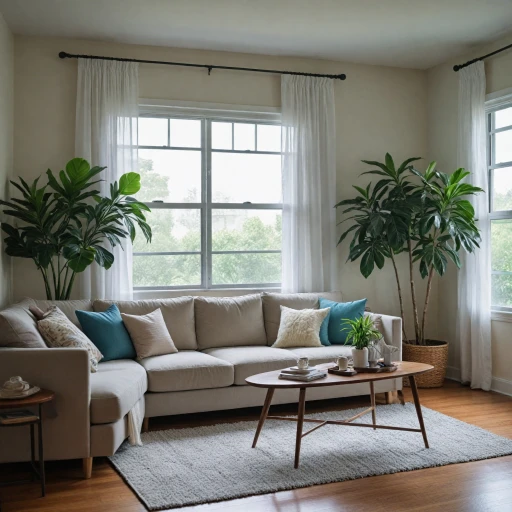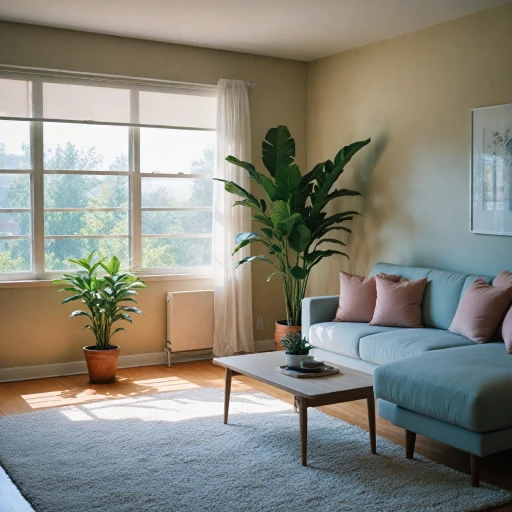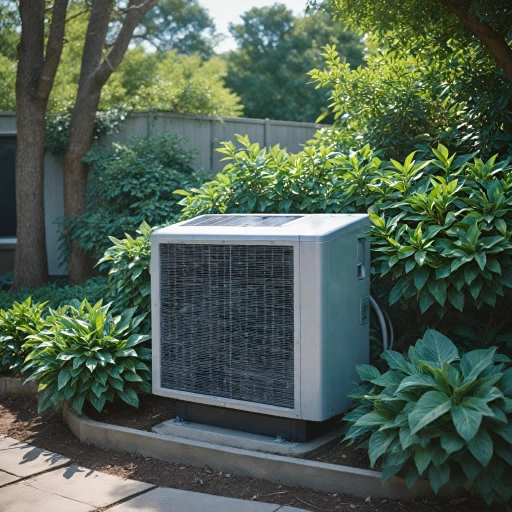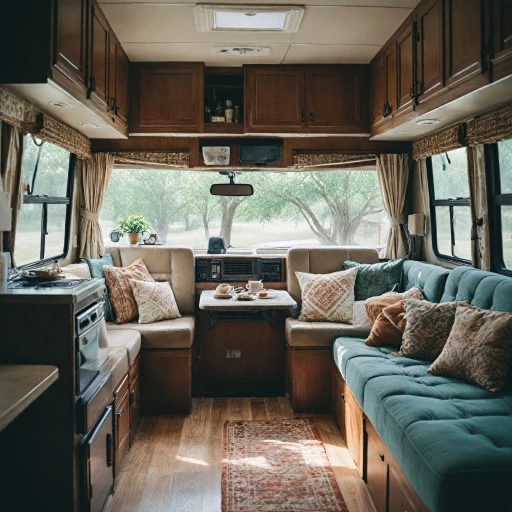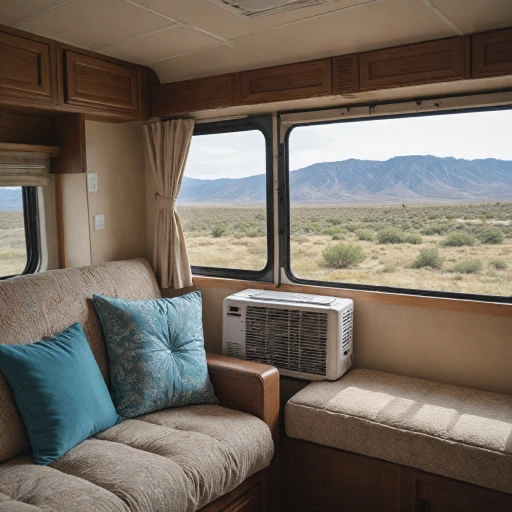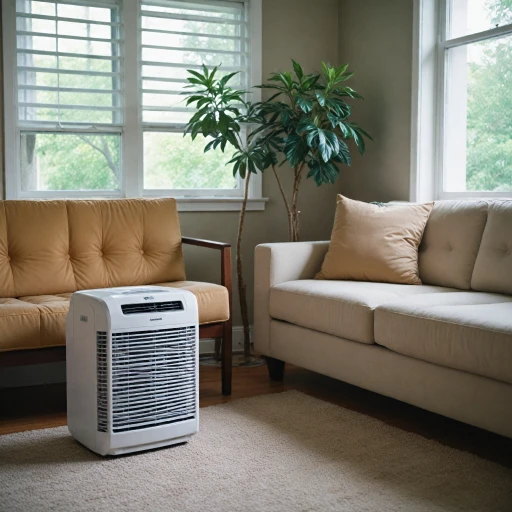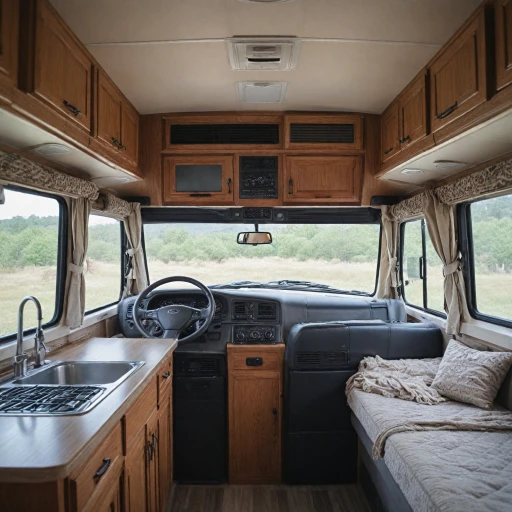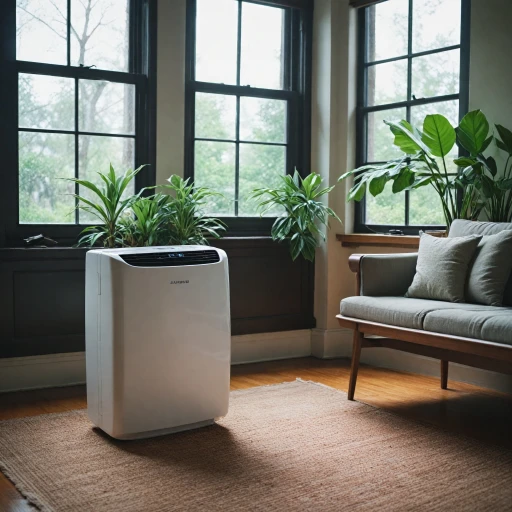
Understanding BTU and Its Importance
The Basics of BTU and Its Critical Role
When searching for the perfect portable air conditioner, understanding BTU (British Thermal Unit) is vital. BTU measures the cooling capacity of your unit, essentially gauging its power to remove heat from a space. For those considering a 15,000 BTU portable air conditioner, it's crucial to recognize that this level of cooling power requires a balance between room size and efficiency. In simple terms, a higher BTU result allows the portable unit to cool a larger area more quickly. However, the right match between BTU and room size ensures optimal performance without wasting energy. Explore more detailed insights into BTU and its significance by considering this informative guide. This resource is especially beneficial for those new to portable air conditioners, offering a solid foundation in choosing the perfect cooling solution.Determining Your Cooling Needs
Aligning your needs with the correct BTU is essential. A unit with 15,000 BTU is often suitable for spaces ranging from 550 to 750 square feet, such as living rooms or larger offices. For rooms smaller than this range, an air conditioner with a lower BTU might be more efficient. Consider the following to determine the ideal BTU:- Room size: Larger rooms require more BTU.
- Ceiling height: Higher ceilings may demand additional cooling power.
- Heat factors: The number of windows, insulation quality, and direct sun exposure can affect the required cooling capacity.
- Occupancy and device usage: More people and electronic devices contribute to heat increase.
Key Features to Look for in a 15,000 BTU Portable AC
Critical Attributes for a Capable 15,000 BTU Portable Air Conditioner
When selecting a 15,000 BTU portable air conditioner, certain key features can significantly impact the unit's effectiveness and user experience. Knowing what to look for can be the difference between finding an efficient model and facing constant dissatisfaction.
Cooling and Heating Capabilities
Ensure that the portable air conditioner can handle your room's size and cooling requirements. The BTU rating is a crucial factor here, indicating the unit's capability to remove heat from the air. Additionally, consider if the product also functions as a heat pump, which can be an advantage in variable climates.
Adjustability and Control Features
Look for models that offer digital control options, allowing for precise adjustments to temperature and fan speed. A remote control feature boosts convenience, making it easy to operate the unit from a distance.
Space and Installation Considerations
Consider the portable unit's size and stock model design, especially if space is limited. The ease of installation can impact the overall experience. Some units fit neatly in existing window spaces, while others might need additional modifications.
Design and Aesthetic Preferences
While function takes precedence, the visual appeal isn't far behind. Many prefer white, sleek designs that complement modern interiors. Matching the air conditioner to your room's decor can add to the ambiance, making the unit not just a functional appliance, but also an asset.
Noise and Efficiency Evaluation
Noise level is a common concern, and thus, finding a model with a lower decibel output is advisable for a tranquil environment. Simultaneously, evaluate the energy efficiency to balance cooling or heating effectively while keeping operational costs and energy consumption low. Energy-efficient models might come at a higher price but offer savings in the long run.
For more insights on choosing the ideal unit for your needs, consider exploring different BTU options to better understand various advantages these units offer.
Installation Tips for Optimal Performance
Setting Up Your Portable AC for Maximum Efficiency
When you're ready to install your 15,000 BTU portable air conditioner, attention to detail can make all the difference in achieving optimal performance. Here are some practical tips to ensure your unit functions at its best.- Positioning Your Unit
- Ventilation Setup
- Sealing Gaps
- Remote Control and Digital Settings
- Temperature and Noise Management
Energy Efficiency and Cost Considerations
Evaluating Efficiency and Managing Costs
When selecting a portable air conditioner, including a 15,000 BTU model, assessing its energy efficiency is crucial not only for environmental reasons but also for your wallet. An efficient product can effectively cool your space while consuming less energy, which helps in reducing electricity bills. Before you purchase, check the EER (Energy Efficiency Ratio), a metric that evaluates the unit's operational cost over a period. The higher the EER, the more efficient the air conditioner is. Some models also boast variable fan speed and digital control systems, offering you even more energy savings. To manage costs further, consider incorporating a model with a built-in heat pump, which can provide heat during colder months, adding to the conditioner’s value proposition. This dual functionality negates the need for a separate heater, keeping the overall electricity expenditure under control. While upfront price is an important consideration, it should not be your sole focus. Factor in the long-term savings associated with energy efficiency and additional features like a remote control that lets you manage the cooling system without leaving your comfort zone. Some units even come with free shipping, further alleviating additional costs. Lastly, pay attention to the noise level of the unit. A quieter model ensures not only energy efficiency but also a serene living environment, which can be as valuable as cost savings. Understanding how these factors interplay will help you choose the best air conditioner for your cooling needs.Maintenance and Longevity of Your Portable AC
Tips for Prolonging the Life of Your Cooling Unit
Proper maintenance of your 15,000 BTU portable air conditioner is essential to ensure that it runs efficiently and effectively throughout its lifespan.- Regular Cleaning: Dust can easily accumulate in your portable unit, affecting both its cooling performance and energy efficiency. Make sure to routinely clean the filters and the exterior, creating a smooth airflow and preventing strain on the system.
- Filter Replacement: Over time, filters will need replacement. Check the recommended intervals for your specific model in the product manual and adhere to these, as clogged filters can reduce airflow and damage the air conditioner.
- Proper Storage: If not in use all year round, properly store the unit. Beforehand, completely dry the interior and exterior to prevent mold growth. Cover it to protect from dust and moisture while in storage, extending its life.
- Consistent Inspections: Regularly inspect the conditioner for loose parts or unusual noise levels. This will help you catch potential problems early, before they grow into costly repairs.
- Annual Professional Servicing: Consider scheduling a yearly maintenance check with a professional. An expert can spot issues that a regular cleaning might miss, ensuring that your conditioner btu unit remains in top shape.
Common Challenges and Solutions
Troubleshooting Common Issues with Portable Air Conditioners
Even with proper maintenance, portable air conditioners can face a few challenges. Here's a breakdown of common issues and practical solutions:- Condensation and Water Leaks: Portable units often produce condensation when operating. Ensure that your model has automatic evaporation or, in case it doesn’t, periodically empty the water tank. Additionally, confirm that the unit is on a level surface to prevent leaks.
- Inadequate Cooling: Ensure your air conditioner's BTU rating matches the room size – too small, and it won’t cool efficiently; too large, and it may not run long enough to dehumidify effectively. Also, check for any blockages in the air filter or exhaust hose, as these can hinder airflow and cooling capacity.
- Excessive Noise: A portable air conditioner's noise level can be bothersome, especially at night. Look for products designed with sound-dampening technology or adjust the fan speed to a lower setting.
- Unit Won’t Start: If the unit fails to start, ensure that it is properly plugged in and that the power outlet is functional. If the issue persists, refer to the product’s digital control panel for any error messages indicating overheating or other issues.
